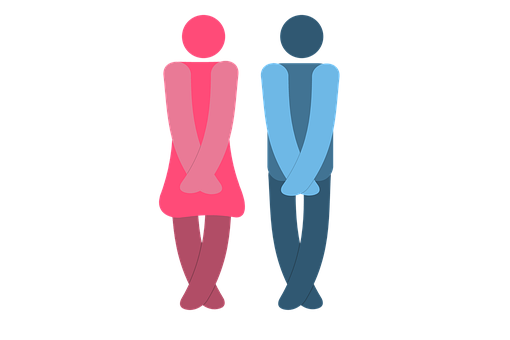Digestive System
Incontinence: What are its Symptoms, Causes, and Treatment?
By S.I. (staff writer) , published on March 27, 2023

Medicine Telehealth Health stool urine
What is Incontinence?
Incontinence is a common health issue that affects many people of all ages across the globe. It is characterized by the inability to control one's bladder and bowel movements.
Incontinence can be caused by various physical, psychological, and neurological issues, ranging from mild to severe. Treatment options vary depending on the underlying cause and can range from lifestyle changes to medications and surgery.
Incontinence can be embarrassing and uncomfortable, but it is important to remember that it is a common issue and help is available. Seeking medical advice is key to finding the best treatment option to fit your needs.
Depending on the cause, incontinence can often be managed with lifestyle modifications such as avoiding certain foods, drinking plenty of fluids, and exercising regularly. Additionally, medications, devices, and surgical procedures can help control symptoms.
What are the Symptoms of Incontinence?
Incontinence is a medical condition in which a person loses their ability to control their bladder and bowel movements. Symptoms of incontinence can vary depending on the type of incontinence.
Still, the patients can have difficulty starting or stopping a urine stream, leakage of urine or stool, frequent urination, and urge incontinence. However, it was seen that incontinence frequently occurs in female athletes [1].
Other symptoms can include abdominal or pelvic discomfort, pain during urination, and a feeling of incomplete emptying of the bladder. Numerous factors, including weak pelvic muscles, nerve damage, constipation, and bladder infections, can cause incontinence.
What are the Causes of Incontinence?
Incontinence is a very common problem, affecting millions of people worldwide. It is estimated that this disorder affects 1 million older adults globally [2].
The causes of incontinence can vary, but some of the most common causes include weakened pelvic floor muscles, nerve damage, certain medications, urinary tract infections, age-related changes, and constipation.
In some cases, incontinence may also be caused by certain medical conditions such as diabetes, multiple sclerosis, and Parkinson's disease. It is important to speak to a doctor to get an accurate diagnosis and treatment plan for incontinence.
Treatment Options for Incontinence:
The initial diagnosis involves checking symptoms, as there is no need for urologic evaluation [3]. Treatment options for incontinence depend on the type and severity of the condition.
Common treatments include lifestyle modifications, medications, bladder training, pelvic floor muscle exercises, electrical stimulation, and surgery. Lifestyle modifications include maintaining a healthy weight [4], limiting fluid intake, avoiding certain foods and beverages, and quitting smoking.
The doctor may prescribe medications to reduce bladder spasms and control the urge to urinate. Bladder training involves urinating on a set schedule and gradually increasing the time between urinations.
Pelvic floor muscle exercises [5] can help strengthen the muscles that control urination. Electrical stimulation and surgery may be recommended for more severe cases. The best treatment option will depend on the individual and the severity of the condition.
References:
2- The Pathophysiology of Urinary Incontinence among Institutionalized Elderly Persons | NEJM
3- Diagnosis of Urinary Incontinence | AAFP
4- WEIGHT LOSS: A NOVEL AND EFFECTIVE TREATMENT FOR URINARY INCONTINENCE - PMC (nih.gov)
5- https://europepmc.org/article/med/8254585
Find articles related to: Medicine Telehealth Health stool urine
More articles about Digestive System
Back to the Health Tips Index




